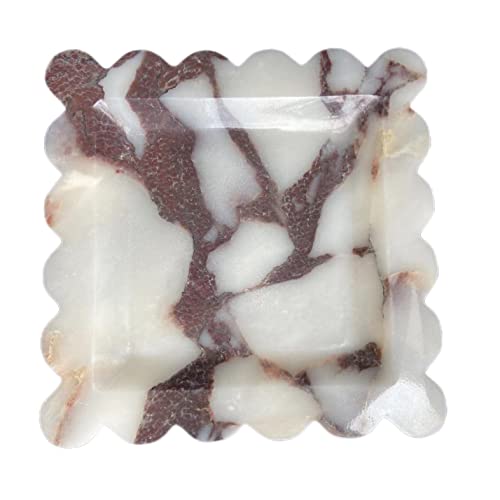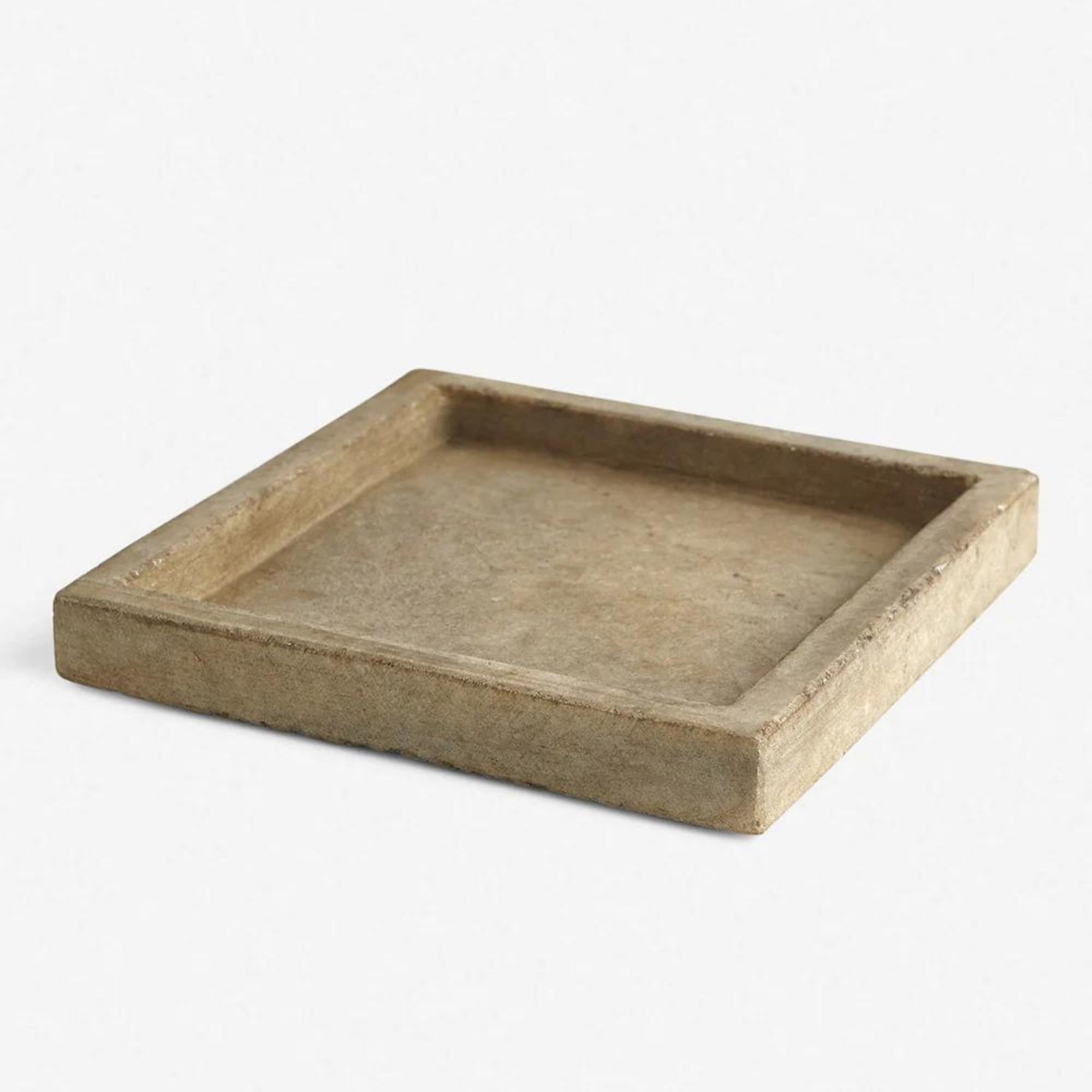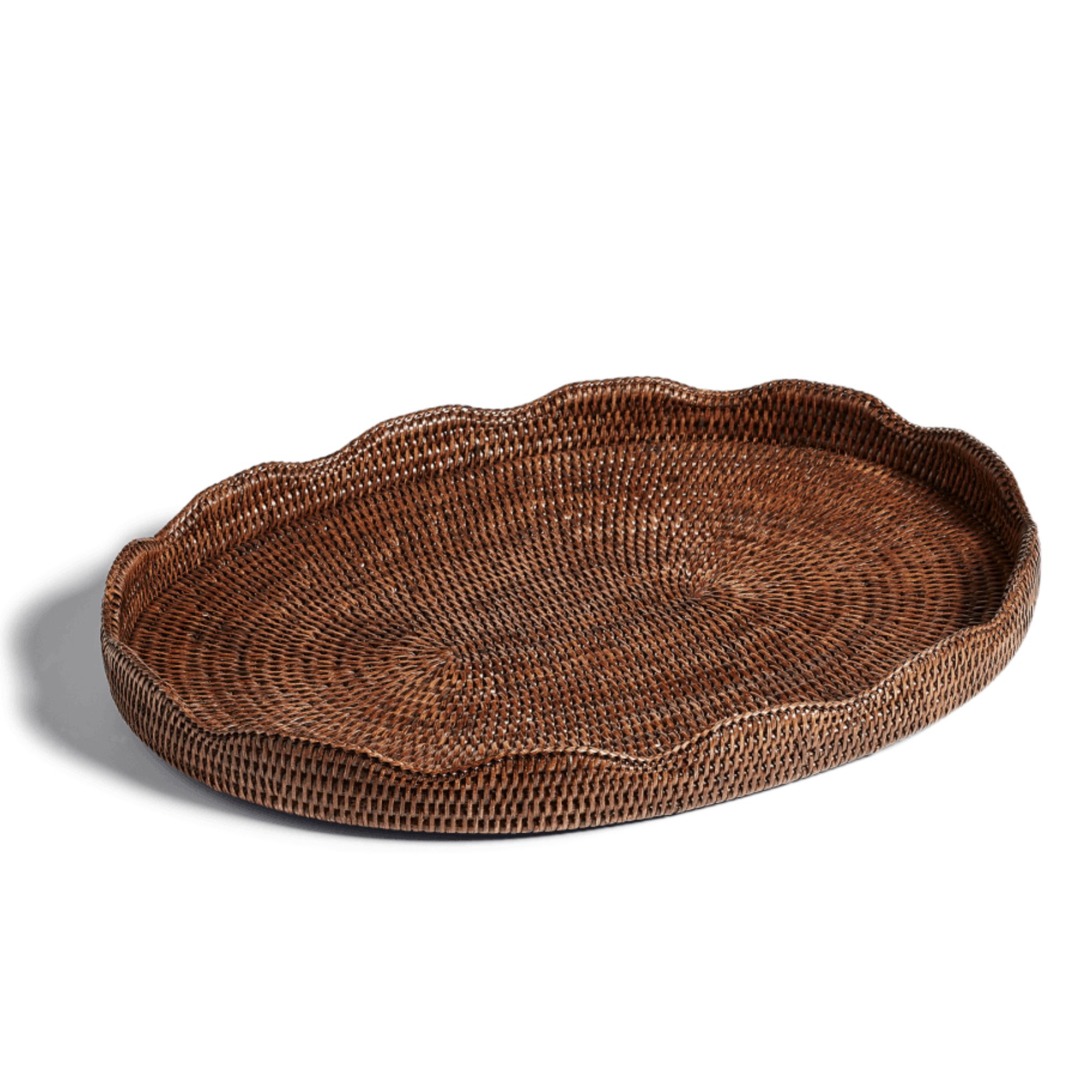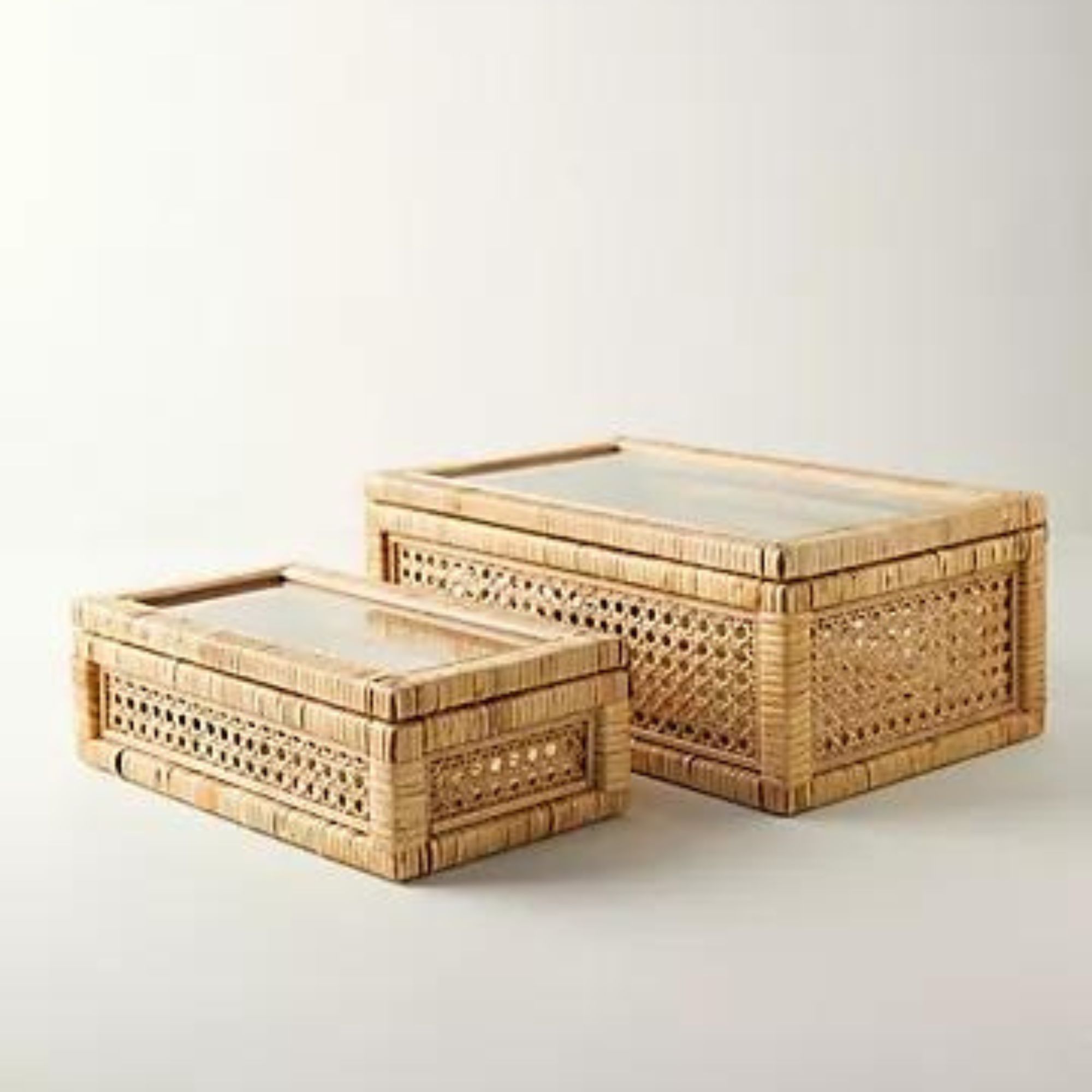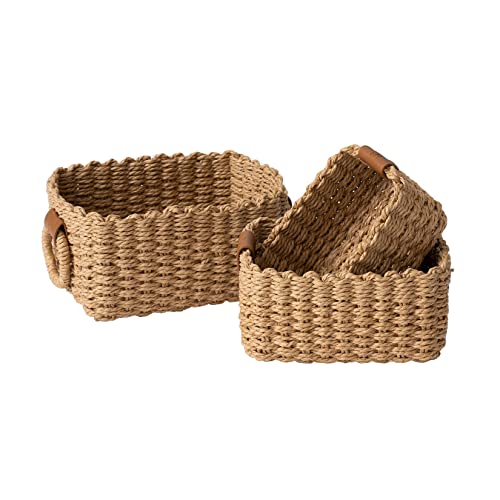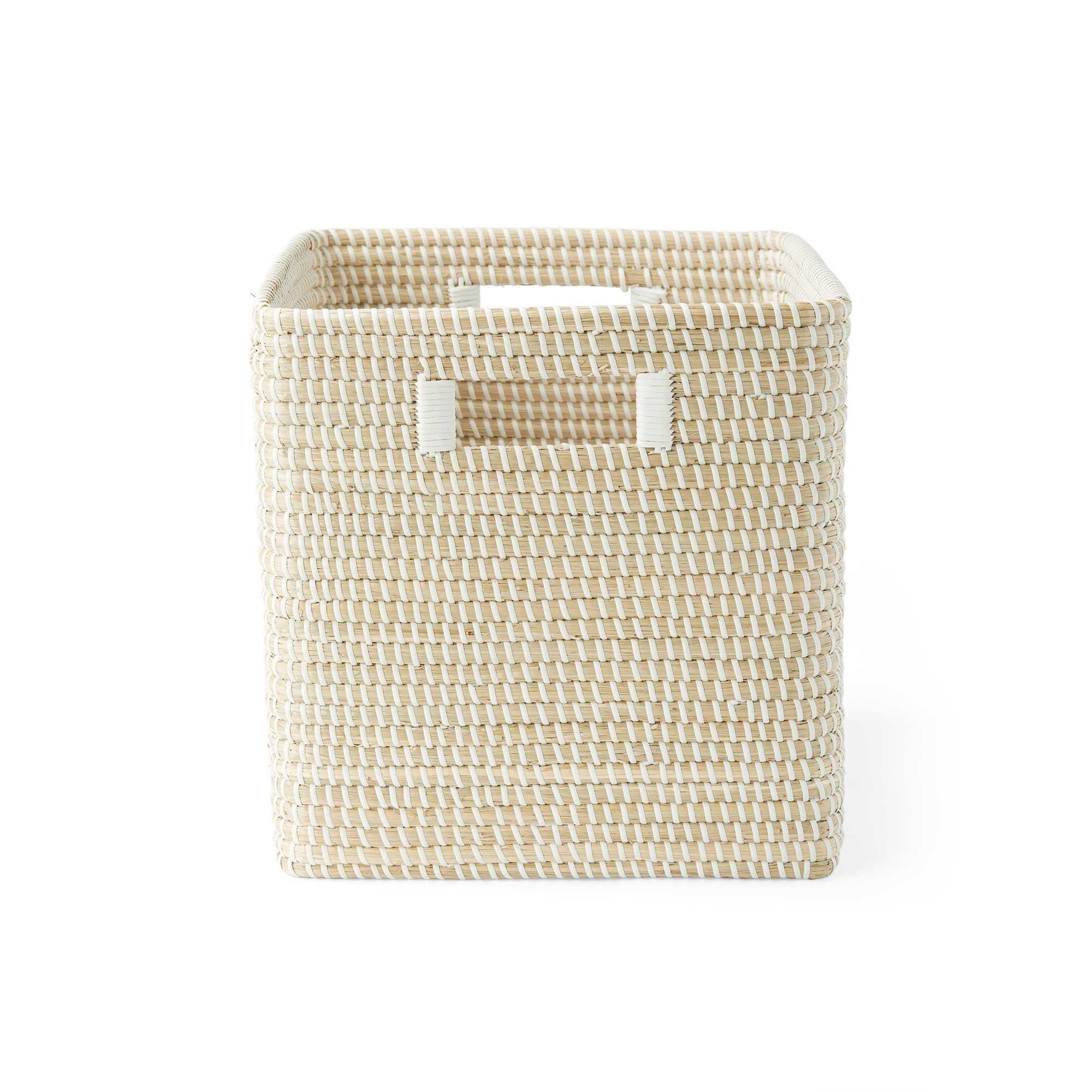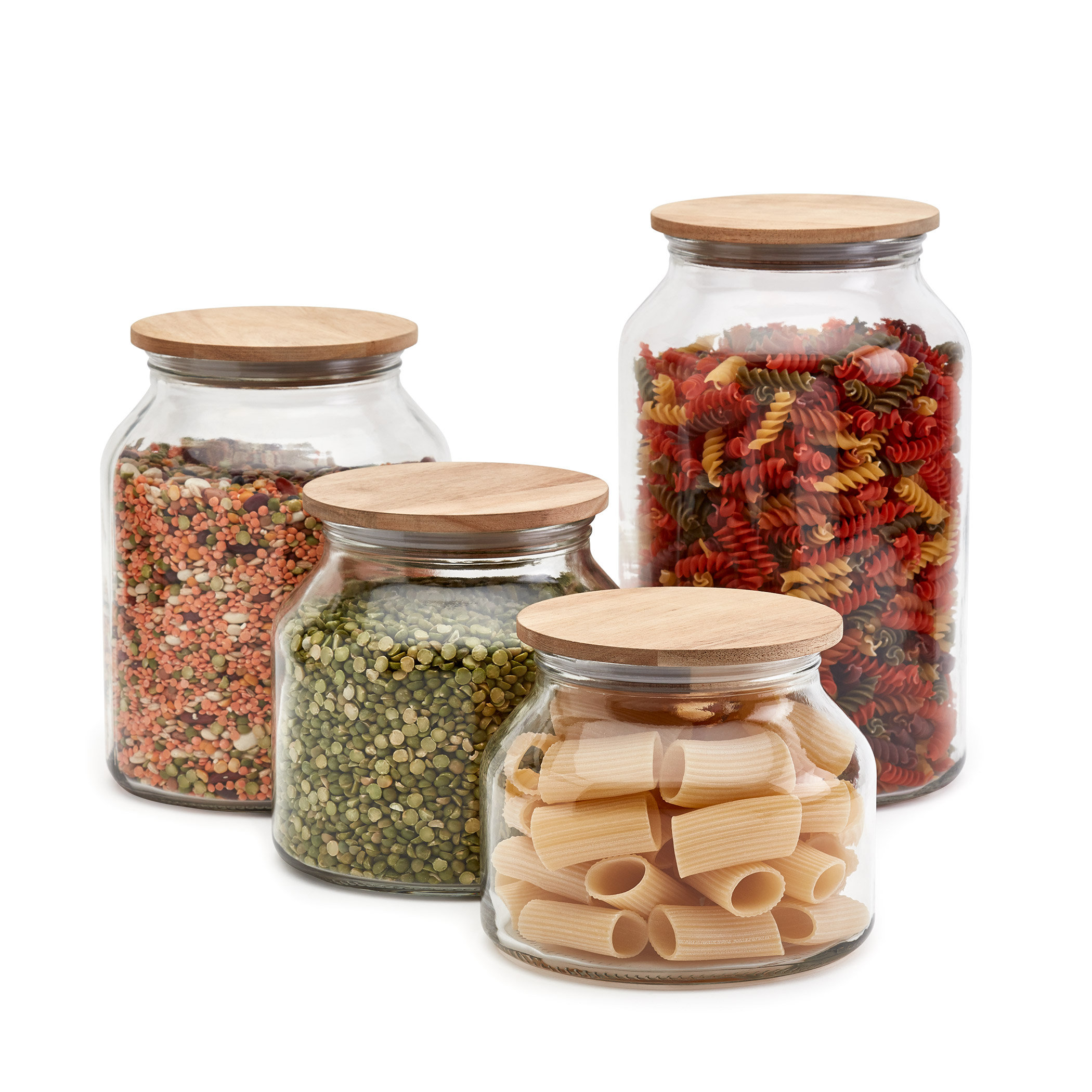As a compulsive collector I use these 6 techniques to conceal clutter in plain sight
Getting your home in order needn't be complicated with these 6 clever techniques for corraling clutter
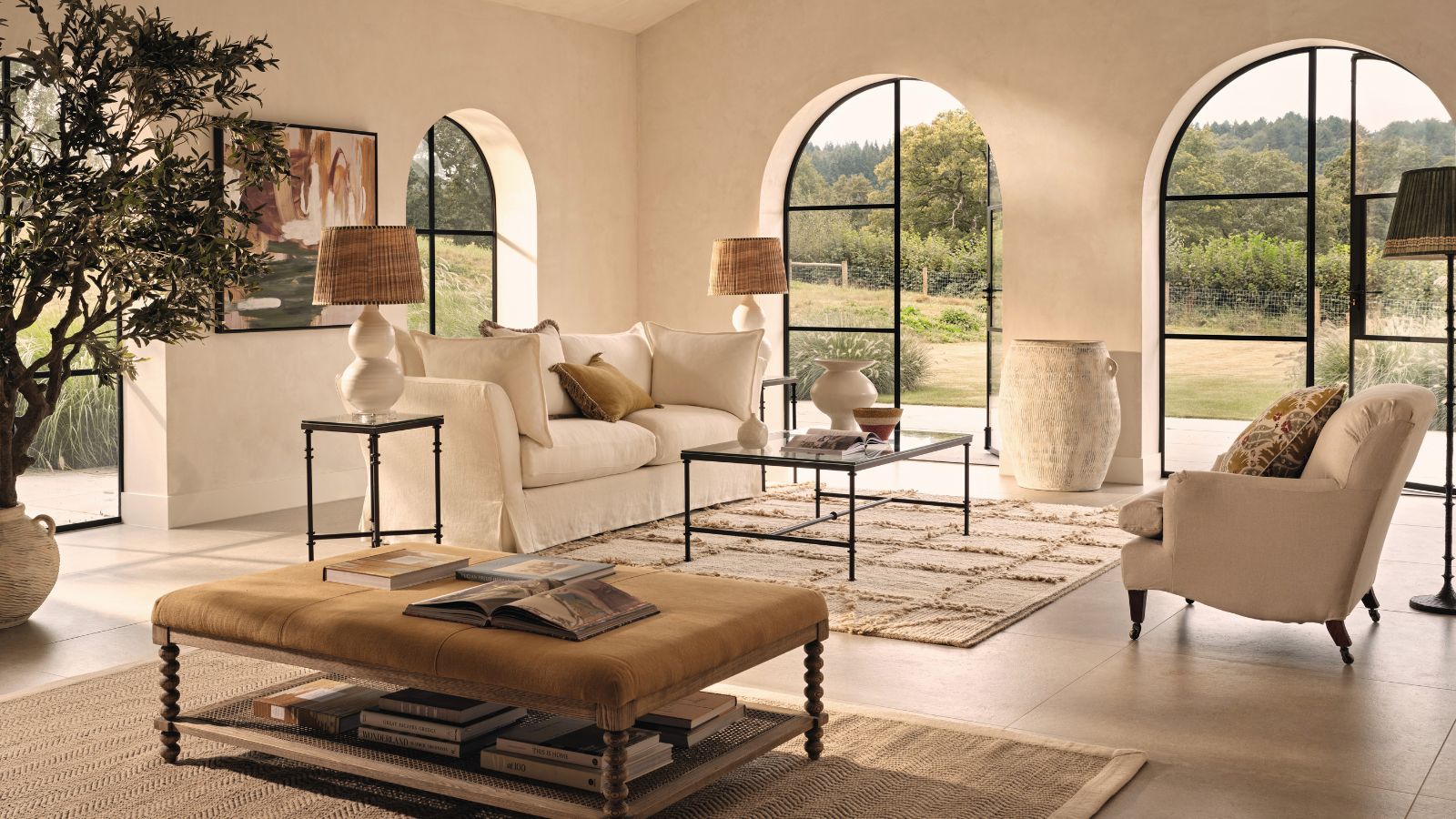

As a self-professed collector of 'nice things,' I often find myself fighting a constant battle with clutter in my home. But while my obsession with collecting has led me to amass a few too many decorative items, I feel like I've mastered the art of 'balance' in my home.
With a few clever tricks, your cherished possessions don't have to be an eyesore. I've managed to disguise unsightly messes and conceal clutter in plain sight, I'm confident these stylish solutions can help you organize your home, too.
The following 6 ideas are not only practical, but they also add a touch of elegance to your home. So, if you're ready to tackle the clutter and create a more streamlined space, read on.
How to conceal clutter in plain sight
Whether you're living in small apartment or a spacious family home, these 6 tried-and-test methods of concealing 'clutter' will help you reclaim your space:
1. Ottomans
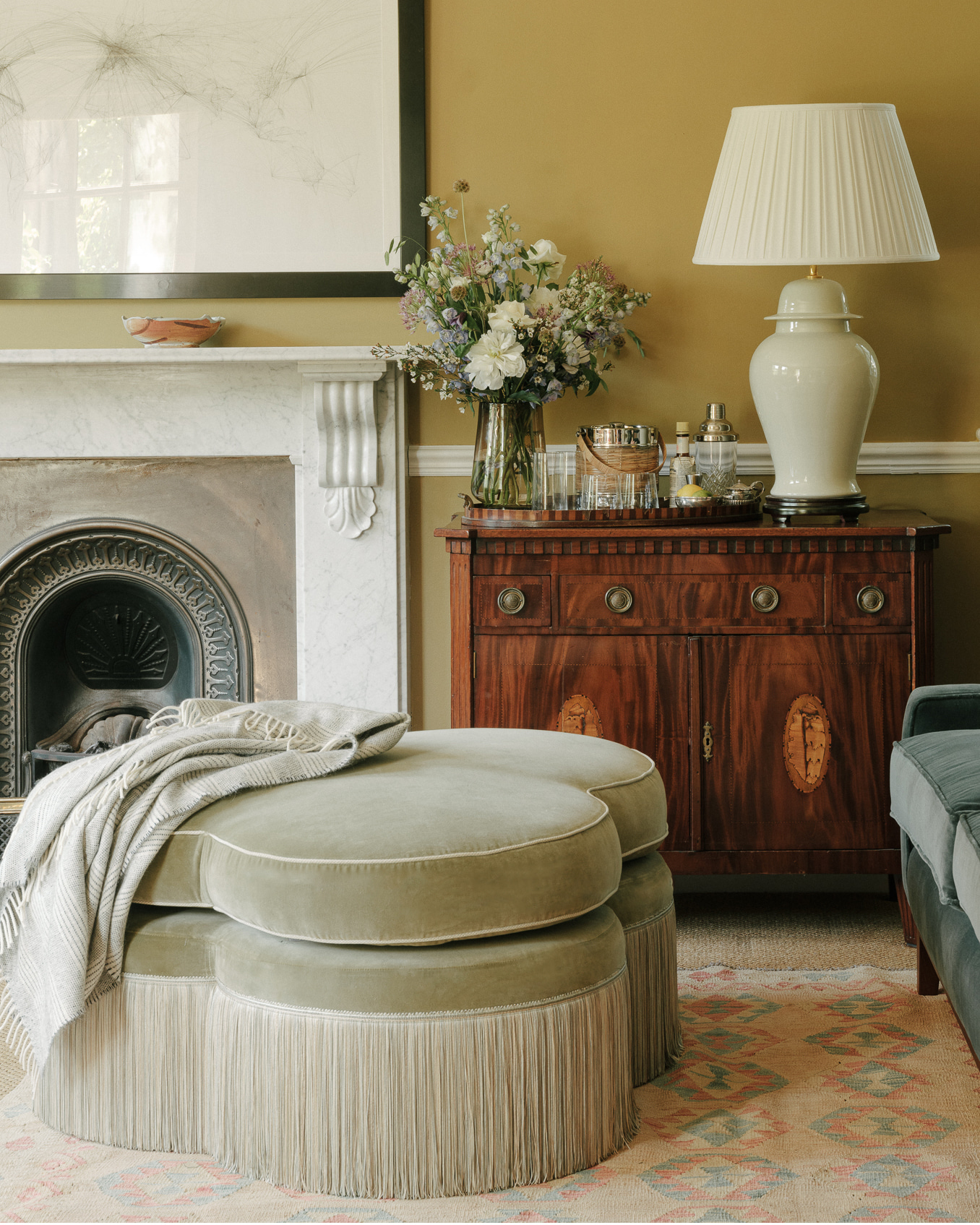
Ottomans are undoubtedly among the most multifunctional pieces of furniture you can have in your home. They not only help you conceal ugly household items, but they also provide a place to rest your feet or extra seating in a pinch.
I look for ottomans with plenty of hidden storage inside. These are perfect for storing away items like remote controls, books, or even extra pillows and blankets. When not in use, they can easily blend into your room's design, keeping your space tidy and organized.
2. Fabric Cord Covers
Electrical cords are one of the most frustrating sources of clutter in my house. Luckily, they don't have to ruin an otherwise beautifully organized home office or movie room.
I started doing this next clever trick after watching a tour of Emma Roberts's gorgeous mid-century home. She utilizes stylish fabric cord covers to blend unsightly wires into their surroundings. The best part of these covers is that you can match them to your room's color scheme for a cohesive look or opt for contrasting and patterned prints for a playful touch.
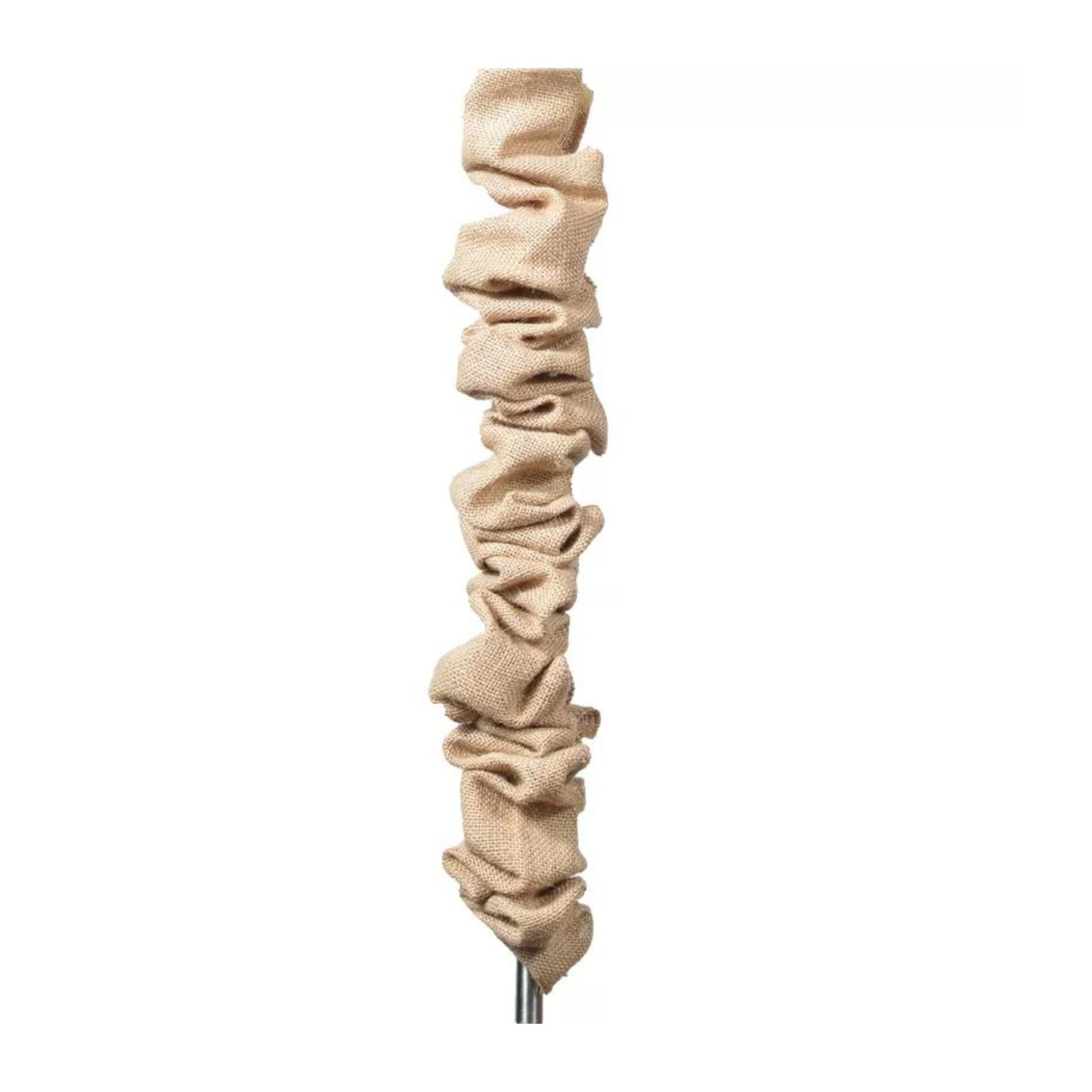
These slide on cord covers are virtually invisible and keep electrical cables and chandelier chains stylishly out of sight.
I also use cord organizers to bundle and hide multiple cables together, keeping them neat and out of sight. These are also available in a variety of styles, such as this Wooden Kirigen Cord Management Box from Amazon, which proves that cable organizers don't have to look plastic and cumbersome.
3. Anchoring items
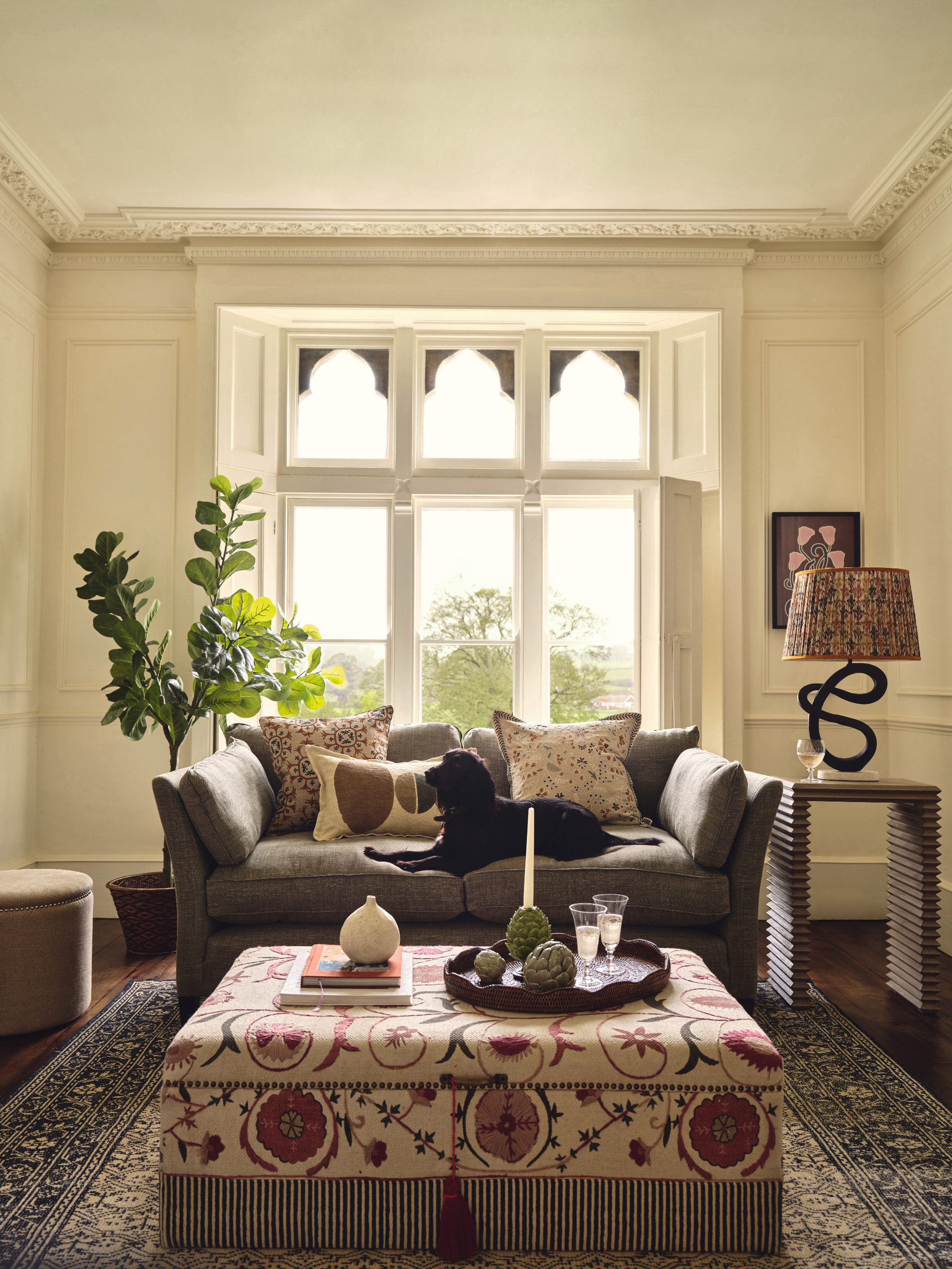
This technique has been a game changer when it comes to containing clutter in my living room. Rather than hiding away all my coffee table books and candles inside cupboards, I've started to use decorative trays and chargers to 'anchor' and curate objects together. Though these items remain in plain sight, this process makes them look intentional rather than cluttered.
Try placing a decorative tray on a coffee table, dresser, or kitchen counter to gather items like candles, books, and small decor pieces. This method reduces visual clutter on surfaces and makes it easier to move items when you need to clean or rearrange your space.
4. Curtains
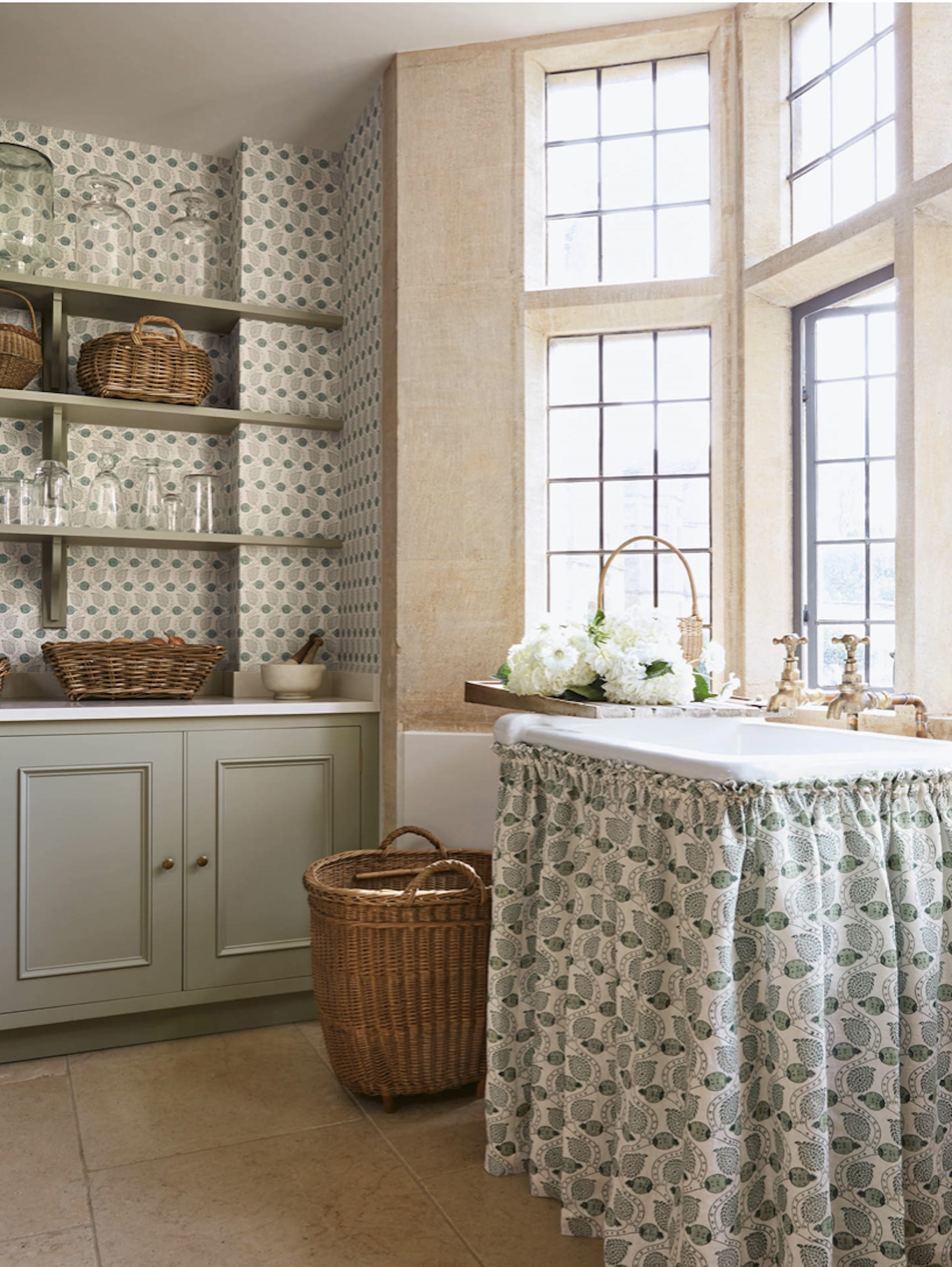
This next tip is particularly useful if you live in a rented apartment or you're currently in mid-renovation mode. Installing cafe curtains allows you to cover up under-sink clutter, busy open shelves, and untidy bookcases without needing to carve out new storage spaces or alcoves.
These half-length curtains can be hung from tension rods and easily drawn to conceal items behind them. Choose a fabric that complements your decor, and you'll find that a once cluttered space takes on an 'intentionally curated' appearance.
To create a DIY cafe curtain, I bought a brass tension rod from Amazon and purchased these affordable cafe curtains from Wayfair.
5. Storage boxes
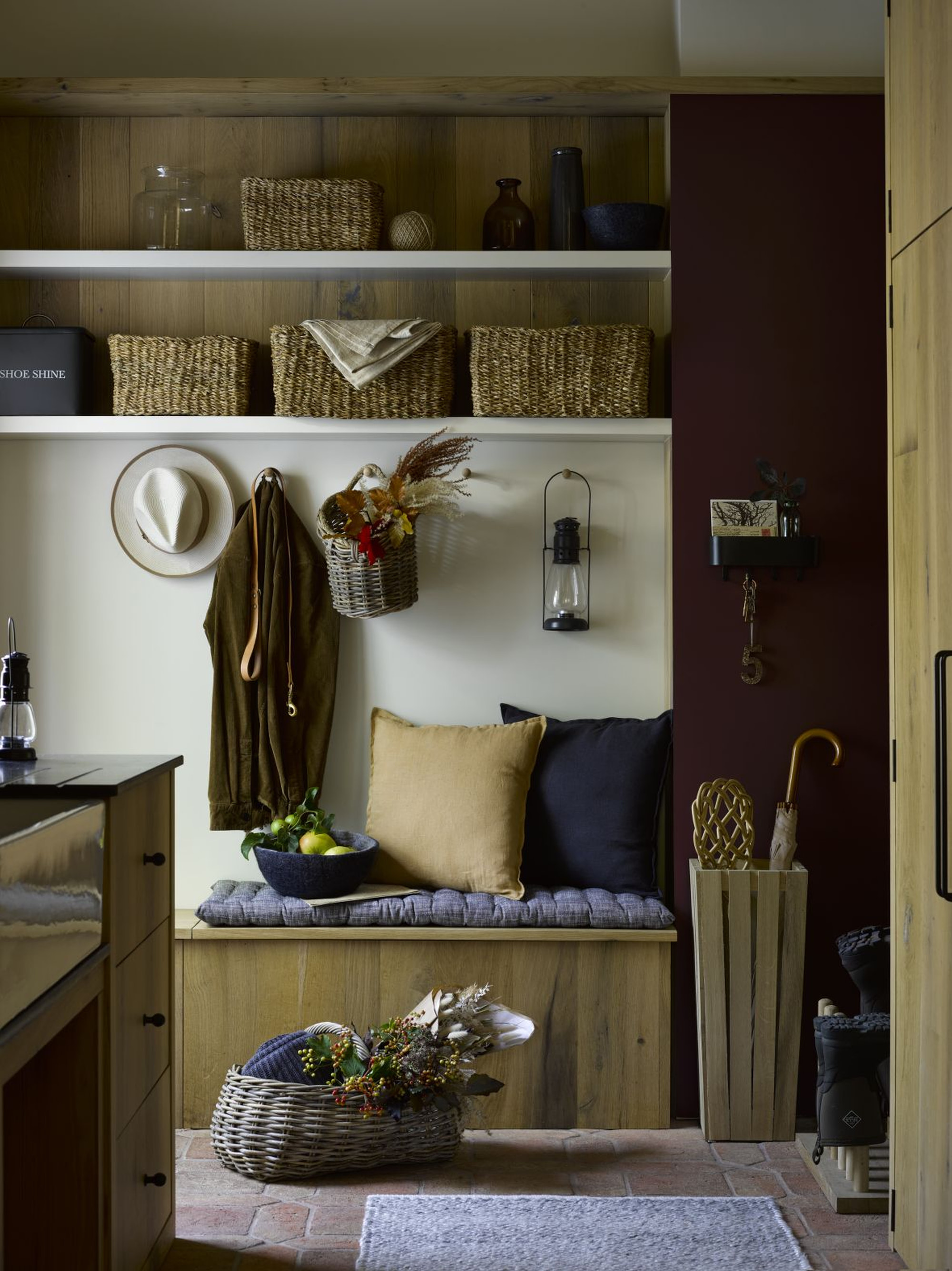
This next tip is a tried-and-tested method of concealing clutter that I've been doing for years. Decorative storage baskets are one of the most versatile and attractive ways to corral and hide the mess.
I use storage baskets everywhere in my home, and I even have a couple of empty baskets that I use for my 15-minute decluttering routine each day. You can place baskets in living rooms, bedrooms, or entryways to store items like blankets, magazines, toys, and more.
Personally, I like to opt for baskets made from natural materials like wicker or seagrass because they add a touch of warmth and texture to my home.
6. Clear Jars & Containers
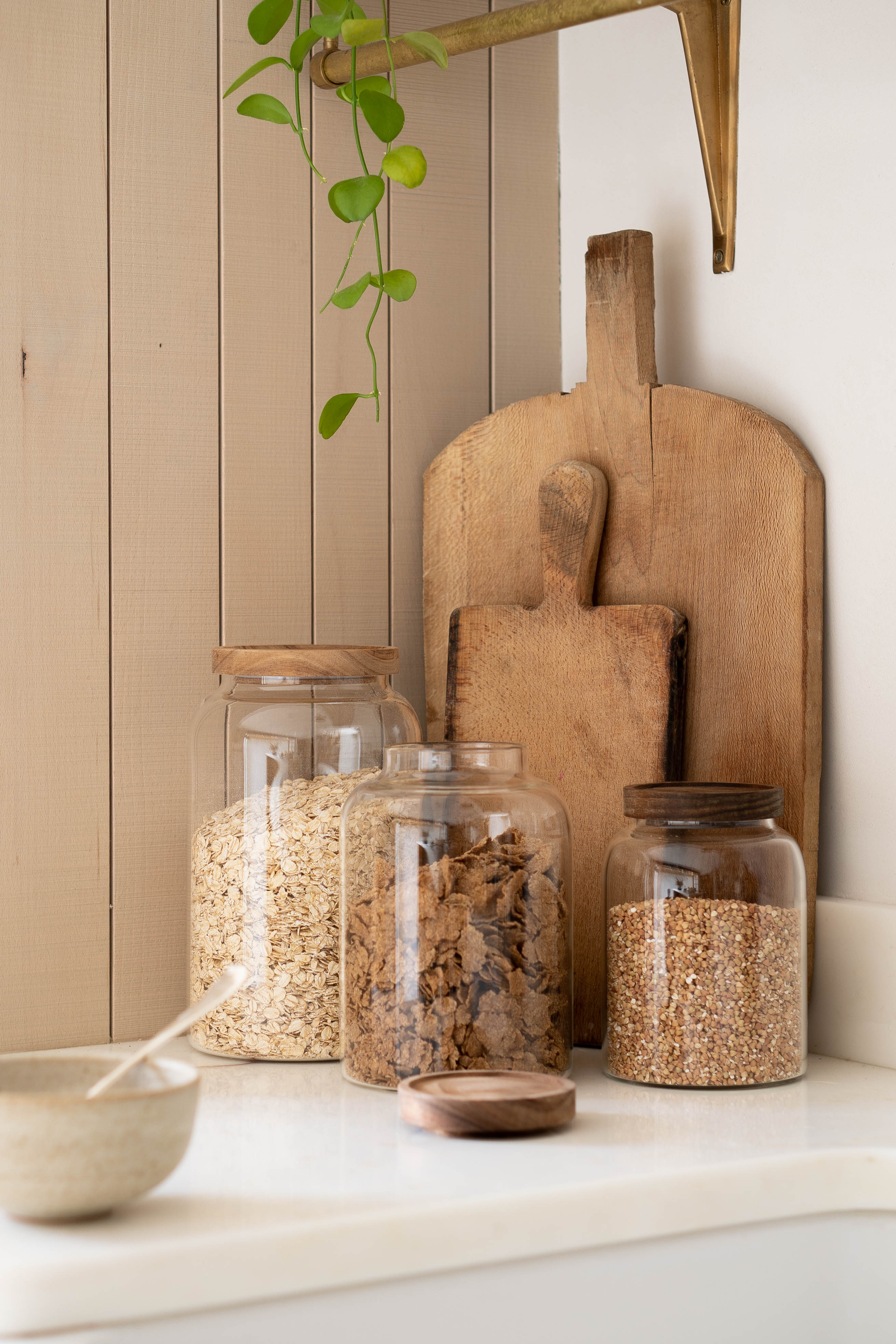
Sometimes, simply removing busy or unattractive labels from packaging can significantly reduce visual clutter in a kitchen. This method works well for organizing pantry items and it makes cleaning supplies look more attractive and less 'cluttered'. It can also elevate your bathroom vanity by giving your bottles and containers a more cohesive feel.
I also opt to decant food items into plain storage containers for a more streamlined look. Just make sure you keep a record of what’s inside labelless containers, especially for items with expiry dates or potentially harmful ingredients.
If you're still concerned that you have too many 'things' taking up valuable space in your home, try adopting some decluttering tips for collectors and hoarders. The act of letting go of household items can be the first step toward a tidier and more relaxing space.
Sign up to the Homes & Gardens newsletter
Design expertise in your inbox – from inspiring decorating ideas and beautiful celebrity homes to practical gardening advice and shopping round-ups.

Gabriella is a freelance contributor for Homes & Gardens. She is a DIY enthusiast and a lover of all things interior design, often found antiquing or browsing the aisles of her local hardware store. She has a particular passion for historic buildings and is in the process of renovating a Victorian coachhouse in the countryside.
For much of the past decade, Gabriella has worked as a freelance writer, crafting copy for national publications and renowned homeware brands. Most recently, she worked for Homebuilding & Renovating Magazine and is the former Head of Solved at Homes & Gardens, focusing on case studies for the magazine and website, as well as writing features about issues surrounding historic and listed building projects.
-
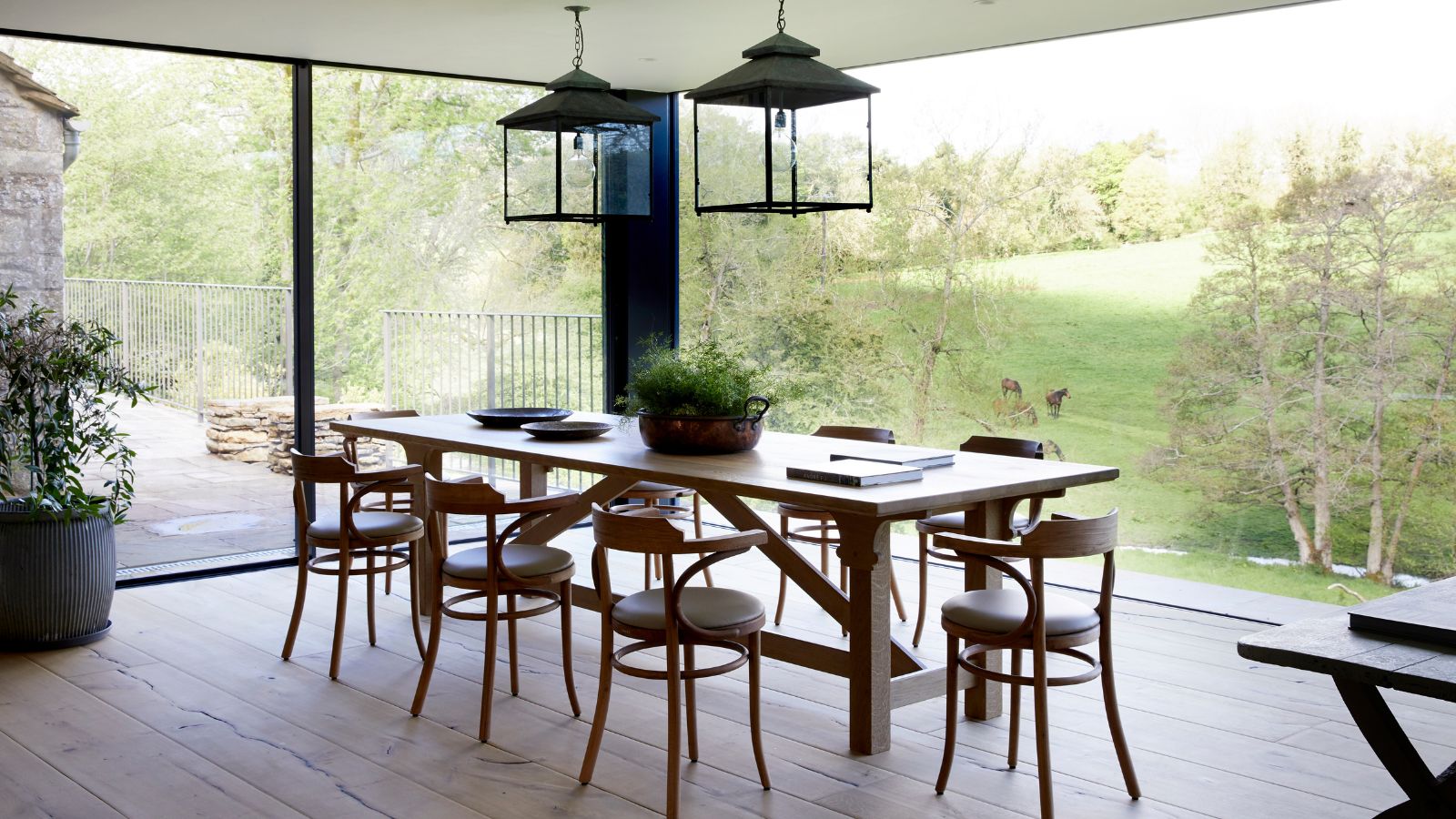 This is the single best upright vacuum we've ever tested – and it's on offer with $130 off at Shark for a limited time only
This is the single best upright vacuum we've ever tested – and it's on offer with $130 off at Shark for a limited time onlyYou won't want to miss this one
By Dan Fauzi
-
 Nate Berkus says slipcovered sofas are back on trend – and I just found a way to create this designer-approved laid-back look from just $86
Nate Berkus says slipcovered sofas are back on trend – and I just found a way to create this designer-approved laid-back look from just $86This classic style is making a strong comeback, but did you know you don't have to buy a whole new couch to get this Nate-approved look?
By Eleanor Richardson
